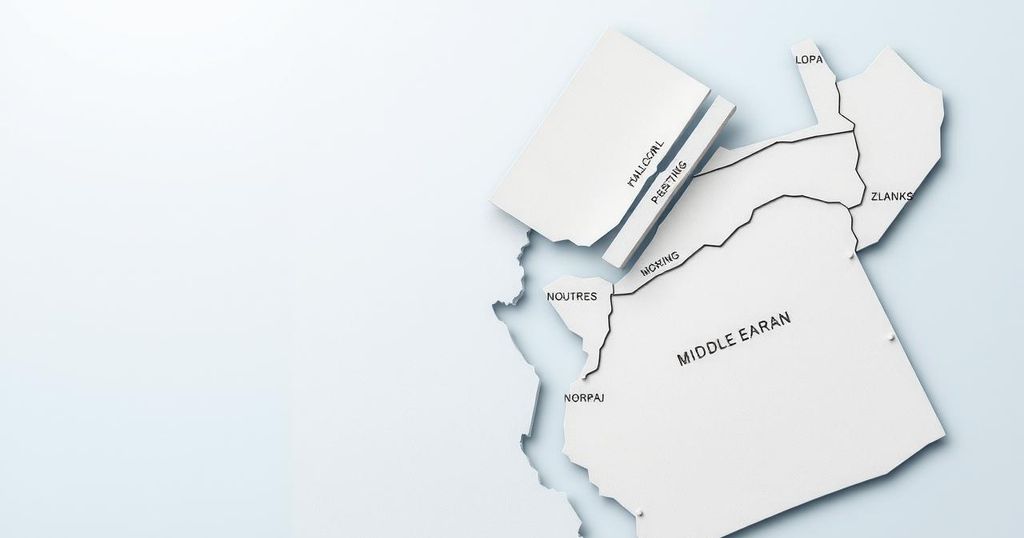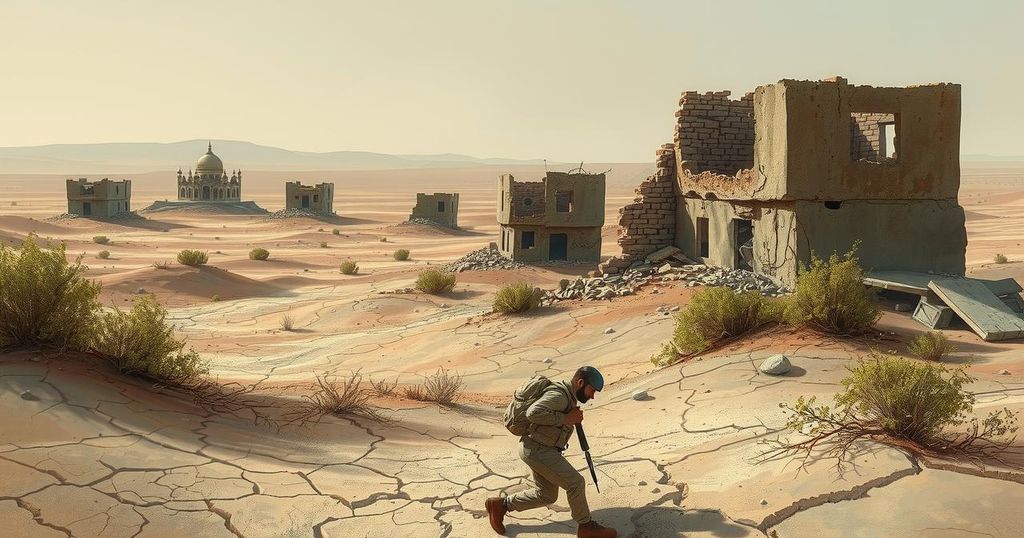This review examines critical developments in the Congo War as of March 10, 2025, highlighting M23’s territorial gains, militia defections, U.S. interest in mineral partnerships, and significant military confrontations. It also notes political maneuvers by the Congolese government in response to the conflict.
The Congo War Security Review highlights critical developments in the conflict between M23 and government forces in eastern Democratic Republic of the Congo (DRC). M23 has achieved significant territorial gains, particularly towards Walikale district, following the capture of a crucial town. Defections from pro-Congolese government militias to M23 have jeopardized the efforts of the Congolese army (FARDC) to halt M23’s expansion. Furthermore, the U.S. Department of State has expressed openness to discussions regarding a minerals partnership with the DRC, as the Congolese government has announced bounties for senior M23 leaders.
In the northern zone, three militia factions from the Wazalendo alliance have aligned with M23, forming a coalition that enhances M23’s political strength. The newly formed alliance includes influential groups such as Mai-Mai Kabidon and the Mapenzi faction, which have begun movements towards strategic positions, enabling M23 to advance towards Kasugho village. Reports indicate that the defection is detrimental to the FARDC, particularly as the FPP-AP group was previously regarded as formidable in blocking M23’s advances.
Significant clashes also transpired near Minembwe town in the southern region, where FARDC engaged M23-aligned forces. The Congolese military has conducted aerial assaults on rebel positions, aiming to reclaim territories such as Minembwe that were lost in recent encounters. These confrontations mark an escalation of hostilities that the FARDC has faced from groups allied with M23 since late February.
M23 has successfully taken the strategic town of Nyabiondo in the Masisi district, consolidating its control over key transportation routes and stalling the FARDC’s ability to respond effectively. The capture of this town is seen as a pivotal maneuver allowing M23 to further its operations towards the resource-rich Walikale district. Concurrently, there have been no notable reports from the southwest region, indicating a temporary lull in operations.
On the political front, U.S. interest in establishing a minerals partnership with the DRC has gained traction, with President Tshisekedi advocating for international investment in the country’s mineral resources. This dialogue between DRC officials and U.S. representatives signals potential economic opportunities amidst ongoing conflict. In addition, the DRC government has placed a bounty on M23 leaders to strengthen its pursuit against rebellious factions.
In conclusion, the Congo War Security Review underscores a significant shift in power dynamics within the DRC, particularly with M23’s recent territorial gains and the defection of pro-government militias. The U.S. Department of State’s interest in mineral partnerships could also influence the ongoing conflict, while military actions continue to unfold in various regions. Political and military changes are impacting the future landscape of the DRC, warranting close observation of developments in this ongoing conflict.
Original Source: www.criticalthreats.org




